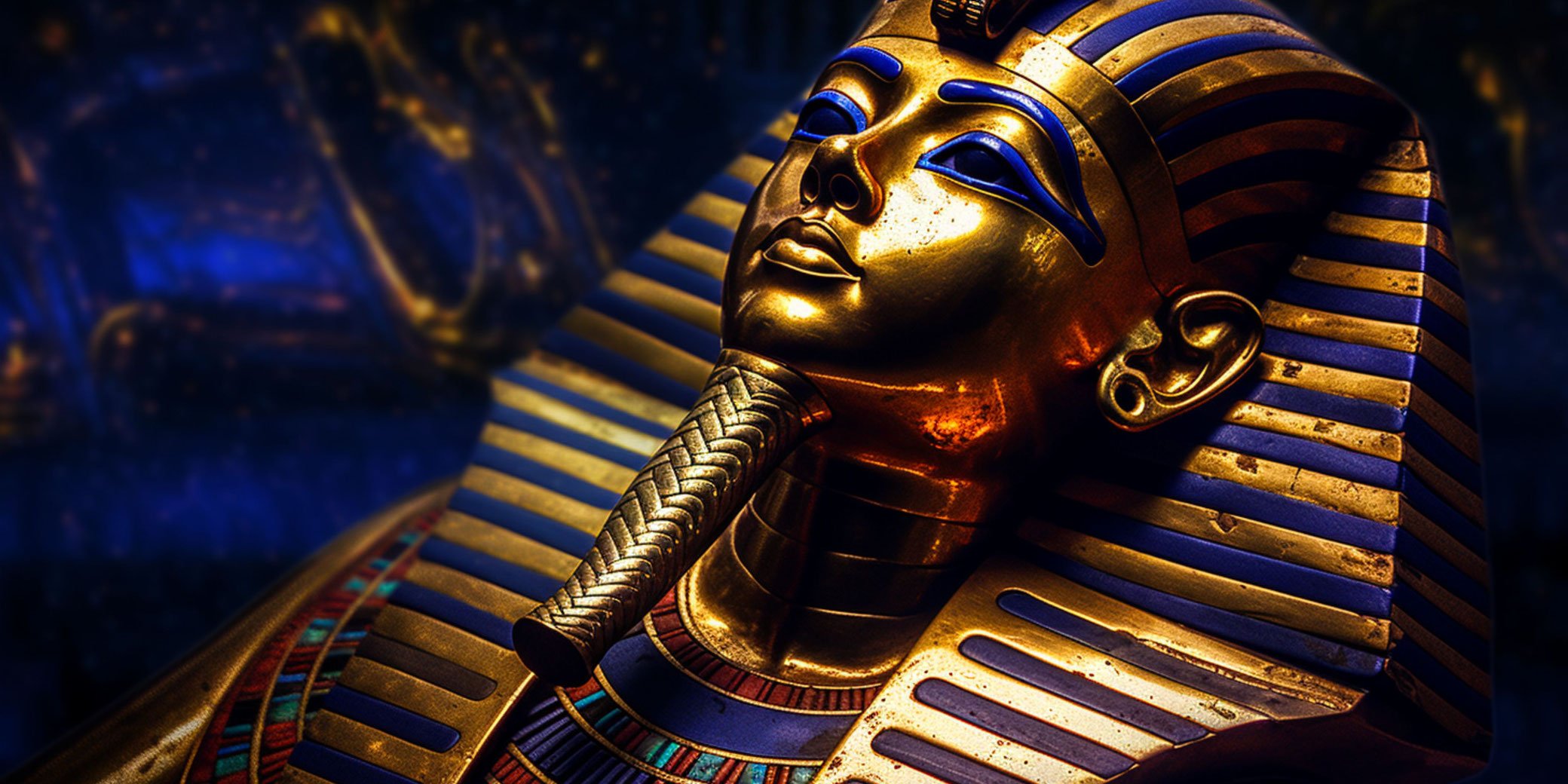
Egyptian Antiquities
Take a journey down the Nile River
The Book of the Dead, 1550 B.C.
Indefinite time, without beginning and without end, hath been given to me; I inherit eternity, and everlastingness has been bestowed upon me.
Rosetta Stone
The Rosetta Stone is a granodiorite stele inscribed with a decree issued at Memphis, Egypt in 196 BC on behalf of King Ptolemy V Epiphanes. The decree appears in three scripts: Ancient Egyptian hieroglyphs, Ancient Egyptian Demotic script, and Ancient Greek.
Scholars had long puzzled over the meaning of the picture-like markings, known as hieroglyphs, made on ancient Egyptian slabs. Since it contained identical content in three languages, scholars thought the Rosetta Stone might be able to help crack the historic mystery.

“My reign will be remembered as a golden age for art and architecture. My tomb will be a testament to my power and wealth, filled with treasures fit for a king.”
— Tutankhamun (1341 BC – c. 1323 BC)
Tutankhamun’s Mask
Tutankhamun’s Mask is a funerary mask made of solid gold that was discovered in the tomb of the young Pharaoh Tutankhamun in the Valley of the Kings, Luxor, Egypt. The mask also features a striped headcloth, with a vulture and a cobra, the two symbols of Upper and Lower Egypt, respectively.
The mask was designed to protect the face of the deceased pharaoh in the afterlife, as it was believed that the soul of the deceased would need its body to continue living in the afterlife.
Turin King List
The fragmented nature of the Turin king list papyrus is a chronological list of kings, with no indications of excluded or suppressed kings. It contains a list of kings from the beginning of the Egyptian monarchy until the Nineteenth Dynasty, the era in which it seems to have been written.
The wise man doubteth often, and changeth his mind; the fool is obstinate, and doubteth not; he knoweth all things but his own ignorance. To be satisfied with a little, is the greatest wisdom; and he that increaseth his riches, increaseth his cares; but a contented mind is a hidden treasure, and trouble findeth it not.
Akhenaten (1351–1334 BC)
Nefertiti Bust
Nefertiti was the principal wife of the pharaoh Amenhotep IV (later Akhenaten), and lived in the 14th century BC. Nefertiti may even have reigned herself for a short period following Akhenaten’s death.
What makes the effect of the bust so extraordinary, however, is above all its vibrant colours, which are unique in their state of preservation and which give the bust its extraordinarily lifelike quality. Without the painting and the inlaid eye the bust would still rank as a masterpiece of craftsmanship, but would have a completely different effect.



